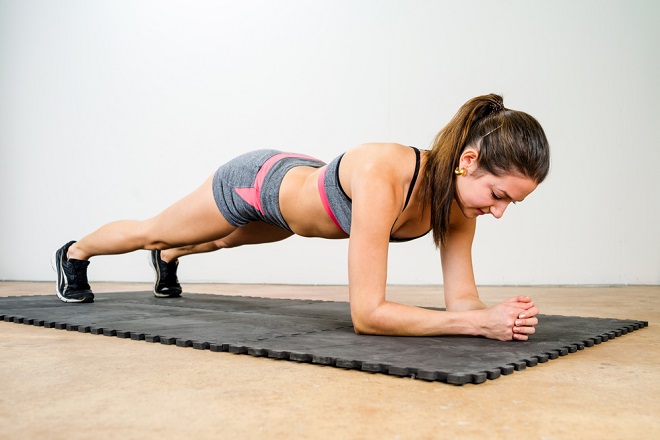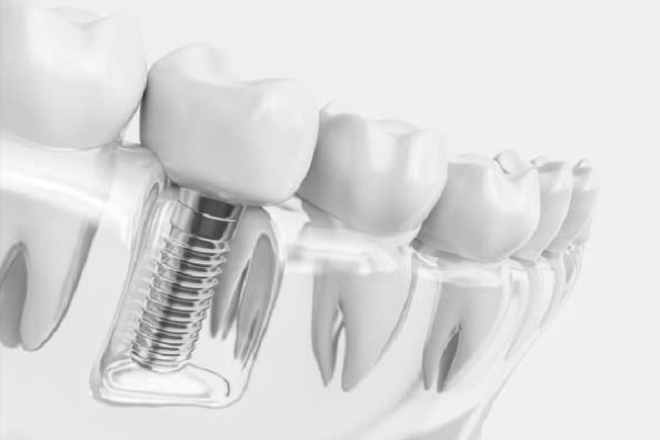Let’s see the what is the difference between isotonic vs. isometric exercise and which one is better for you.
Exercise, to most people, normally involves following a workout program, use of exercise equipment, hiring a trainer and trusting them to guide you to the results you want—a toned body, slimmer waist, and stronger muscles, just to name a few. But how do you know that these exercises are effective, and how do they change your body?
This article will give you a beginner’s guide to understanding the various categories of muscle contraction: isotonic (concentric and eccentric) and isometric—and how they affect your fitness regimen. Understanding these muscle movements can help you choose the right types of workout to target problem areas, giving you a better and more effective workout.
Understanding Muscle Contractions
To better understand the concepts and allow you to plan your fitness strategy, it’s important to learn about muscle kinesiology or what happens when your muscles move. There are two basic categories of muscle contractions: isotonic and isometric.
Isotonic Contractions
Isotonic contractions involve the shortening (concentric) or lengthening (eccentric) of muscles which can be produced with movement. In isotonic contractions, the muscles maintain equal tone, while the length changes.
Concentric Contractions
During concentric muscle contraction, the activated muscles shorten when lifting a load that is less than the maximum force the muscles can generate. This movement goes against gravity, therefore improving the muscle’s ability to pull and lift. A great example of concentric contractions is when you’re raising a dumbbell in a bicep curl.
Eccentric Contractions
In eccentric muscle contraction, however, the muscles lengthen while generating force. It utilizes the same set of muscles, but eccentric contractions happen when you’re returning from a concentric movement to a resting position, such as when you’re extending your arm (after lifting) during a bicep curl. In this case, the weight is greater than the force your arm can produce.
The muscle lengthens, making the connection points move farther apart. However, the muscle is still contracting and exerting force on the weight. This acts as the body’s braking mechanism, which slows the lowering movement to prevent the weight from pulling down too fast from gravity.
Isometric Contractions
Meanwhile, in Isometric contractions, the muscles generate force while maintaining equal measure or length. To put it simply, your muscles contract even while maintaining a still position, such as when you hold the dumbbell in place at a 90-degree angle during a bicep curl.
Why do I need to know the types of muscle contractions?
When designing your fitness regimen, it’s a good strategy to include both isotonic and isometric exercises. While most fitness programs include both, the time you spend on each one will greatly affect your results.
For instance, you may find it easy to lift a 10-pound dumbbell, but easier to hold and lower a 15- or 20-pound dumbbell during a biceps curl. And because your muscles generate more force during the eccentric phase, slowing down or extending this part of the exercise will help you build greater strength.
You can also use eccentric contractions to help you progress to more difficult exercises. For example, if you’re not yet strong enough to lift yourself all the way up (concentric) to do a complete pull-up, then you can use a box or chair to help you, then slowly lower yourself down (eccentric). In effect, you’re still working the same muscles and reaping the same benefits as you would with a complete pull-up.
Isotonic vs Isometric Exercises – What are the benefits?
Both isotonic and isometric exercises are excellent for strength training and muscle building. Performing these exercises will also help you prevent heart problems and improve your overall health and fitness. And while they share these benefits, they each have unique advantages, too, which will help you determine which one is right for your fitness goals.
Isotonic Exercises |
Isometric Exercises |
| Requires weights, dumbbells, and other equipment | Little or no special equipment is necessary |
| Repetitive movements – the standard recommendation is three sets of 10 to 15 repetitions | Requires less time to perform – 15 to 30 seconds for each exercise will suffice |
| Increases muscle strength, mass, and size | Maintains muscle tone and shape but builds muscle size when done with weights |
| Increases fat-free mass and reduces body fat | Helps in weight loss and weight management |
| Improves bone density and reduces the risk of osteoporosis | Improves joint flexibility and strength |
| Trains your body for movements and activities for daily living | Addresses weaknesses and imbalances so you can progress to more advanced training programs |
| More blood is pumped, thereby boosting cardiovascular health | Improves cholesterol levels and lowers blood pressure |
| Maintains metabolism rates as you age | Maintains muscle strength during injury recovery and rehabilitation |
| Requires full range of motion | Can be performed seated, making it advantageous for the elderly and disabled |
Examples of Isotonic and Isometric Exercises
Isotonic Exercises |
Isometric Exercises |
|
|
Some exercises can be both isotonic and isometric
For isometrics exercises, you simply need to hold the pose for as long as you can. And to turn it isotonic, you can perform as many repetitions as your workout regimen requires. Here are some exercises you can use and the specific muscle groups they target.
Push-up
Place yourself on prone position with your hands on the floor, parallel to your shoulders. Keep your feet on your toes to lift your body.
- Isometric: Lower yourself halfway down and hold the position for a few seconds. Then, lower yourself farther down, with your chest just an inch or two above the floor. Hold the position. Push back up and repeat to complete a set.
- Isotonic: Slowly lower yourself down by bending your elbows to the sides, then push back up at the same pace. Repeat. You can place weights at your back as you can tolerate.
- Muscles worked: Pectorals, deltoids, triceps, and abdominals.
Plank
Position yourself on your hands or forearms, keeping them parallel to your shoulders. Lift yourself on your toes and keep your back straight. Tighten your core and glutes to keep the length of your body straight.
- Isometric: Hold this position for at least 30 seconds.
- Isotonic: Move one leg to the side by tipping your toes on the floor, then return to the original position. Do the same with the other leg. Repeat.
- Muscles worked: abdominals, quadriceps, anterior deltoids, and glutes.
Squat
Start by standing upright. Slowly lower yourself by sticking your glutes out behind and bending your knees. Keep your knees behind your toes.
- Isometric: Hold the squat position for 30 seconds to one minute, or for as long as you can.
- Isotonic: Lower yourself to a squat position and push yourself back up through your heels and by tightening your glutes. Repeat.
- Muscles worked: quadriceps, abdominals and obliques, glutes, calves, and hamstrings.
Glute Bridge
Lie on your back and bend your knees with your toes and heels flat on the ground. Lay your palms on the floor, parallel to your shoulders. Lift your glutes and tighten your core, keeping your abdomen aligned with your knees.
- Isometric: Hold this position for 30 seconds to one minute, or for as long as you can.
- Isotonic: Lie on your back with your knees bent and feet and palms on the floor. Slowly lift your glutes to align your abdomen with your knees. Then, lower your glutes back on the floor at the same pace. Repeat to complete a set.
- Muscles worked: glutes and hamstrings.
Superman
Lie prone on the floor with your hands extended above your head. Place your palms on the floor and keep your knees together. Raise your hands and legs high off the floor without bending your elbows and knees.
- Isometric: Hold this position for 30 seconds to one minute, or for as long as you can.
- Isotonic: Lie prone on the floor, then raise your hands and legs slowly. Lower them down at the same pace. Repeat to complete a set.
- Muscles worked: glutes, hamstrings, shoulders, and lower back or erector spinae.
Bottom Line
Given the unique benefits of isotonic and isometric exercises, you can now better understand how your muscles move for the types of workout routines you choose. In addition, you can also determine whether you’re doing a particular exercise correctly. Are the right muscles being activated? Do you feel them shortening, lengthening, and contracting? Are you maintaining the right tension?
Meghan Roces is considered a social butterfly due to her overwhelming energy and charisma, as proven by people who get to meet her. She’s a lifestyle blogger by day and TV geek by night. She regularly contributes articles to the Metrodeal blog.




